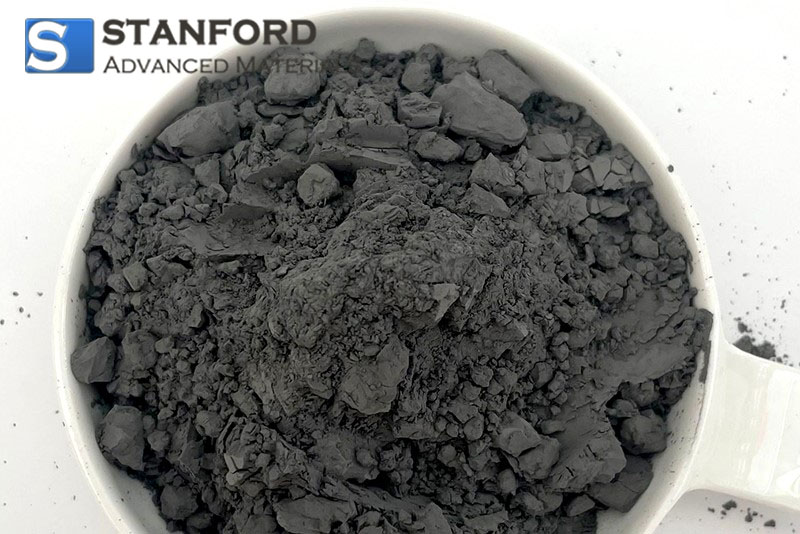- Products
- Categories
- Blog
- Podcast
- Application
- Document
SN0266 Micro Tin Powder (Sn) (CAS No. 7440-31-5)
| Catalog No. | SN0266 |
| CAS Number | 7440-31-5 |
| Chemical Formula | Sn |
| APS | 150μm |
| Form | Gray Powder |
| Purity | 99.9% |
Micro Tin Powder (Sn) (CAS: 7440-31-5) exhibits unique properties due to their high surface area-to-volume ratio. Stanford Advanced Materials (SAM) offers high-quality Micro Tin Powder (Sn) with competitive pricing.
Related products: Nano Zinc Powder, Nano Iron Powder, Nano Magnesium Powder.
INQUIRY
Add to Inquiry List
Description
Specification
Technical Data Sheet
LATEST RECOMMENDED
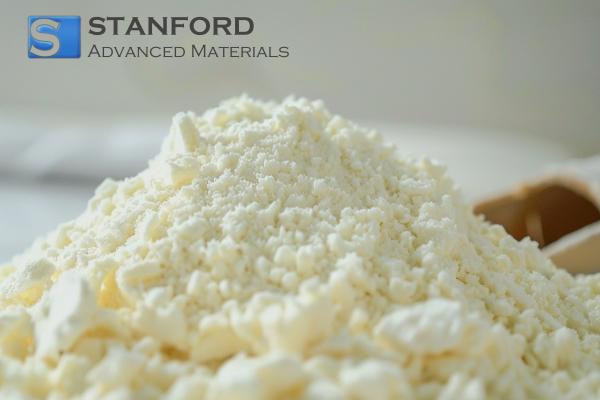
YSZ1870 Yttria Stabilized Zirconia Nanopowder( YTZP/YSZ Nanopowder)
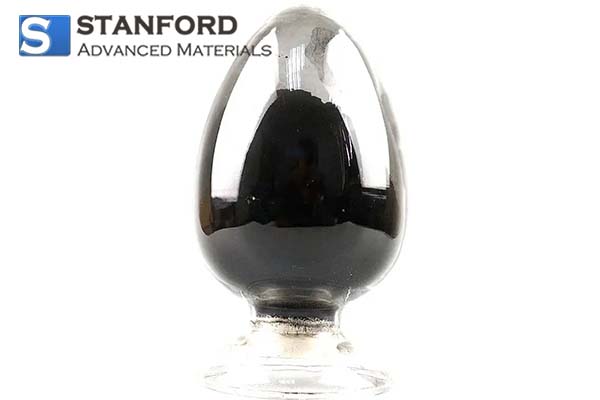
AL0195 Micro Aluminum Carbonitride (AlCN) Powder
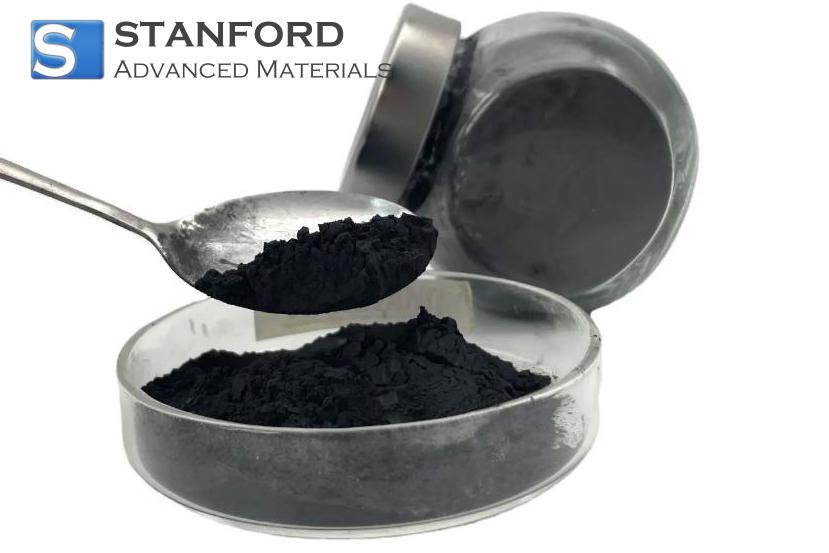
NN0196 Boron Carbide Nanopowder (CAS No. 12069-32-8)
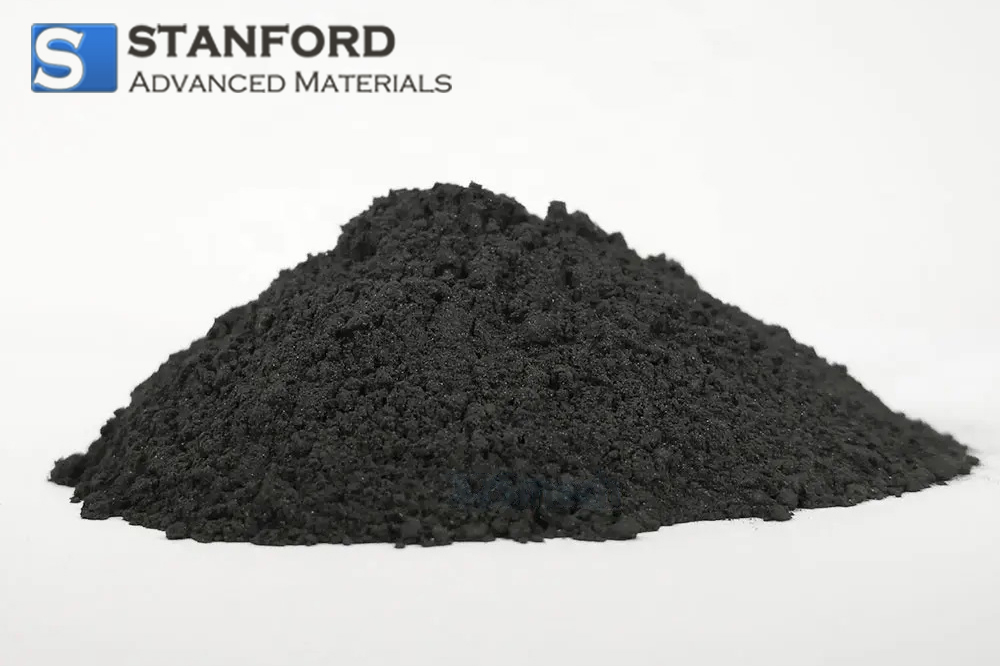
CA0197 Micro Boron Carbide (B4C) Powder (CAS No. 12069-32-8)
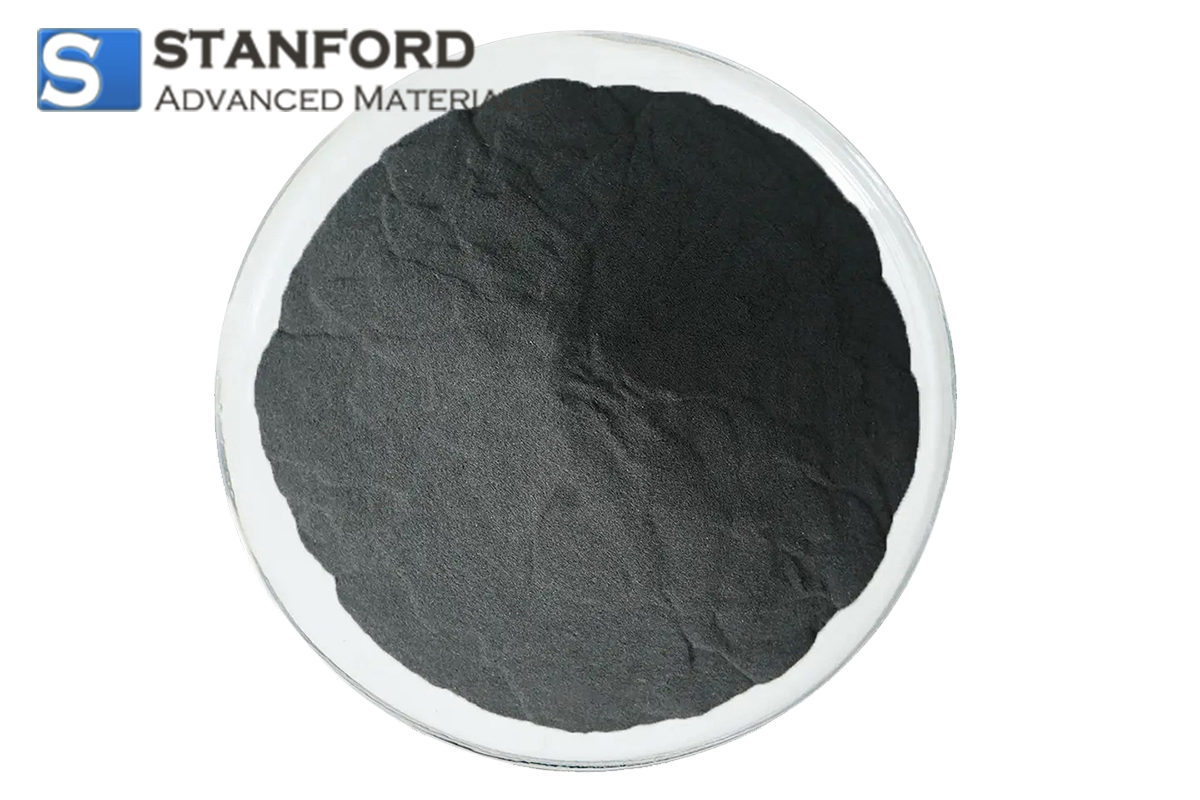
CA0198 Micro Chromium Carbide (Cr3C2) 100μm Powder (CAS No. 12012-35-0)
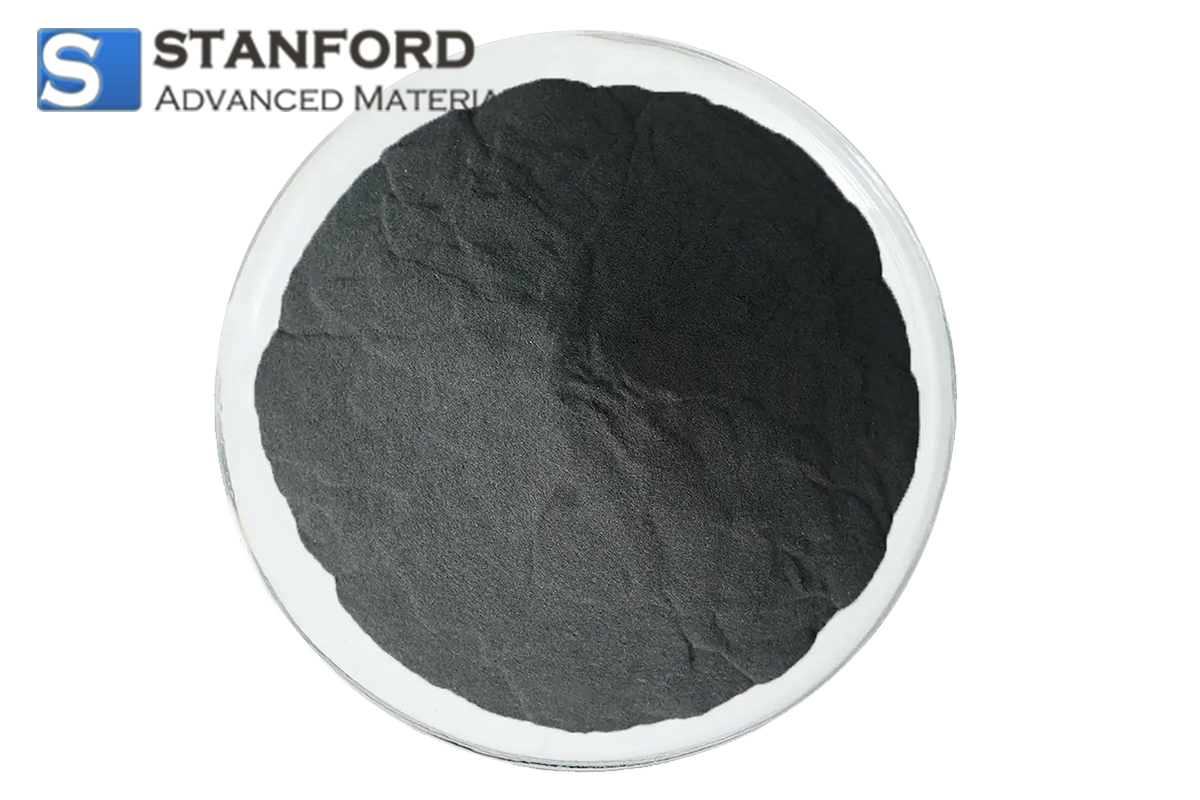
CA0199 Micro Chromium Carbide (Cr3C2) Powder 1000μm (CAS No. 12012-35-0)
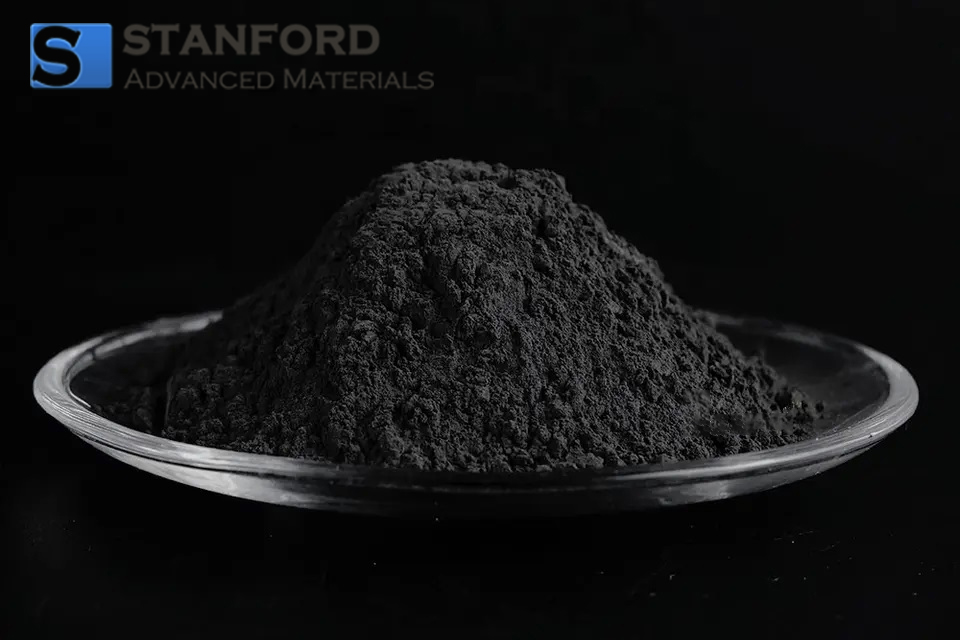
CA0200 Micro Hafnium Carbide (HfC) Powder (CAS No. 12069-85-1)

CA0201 Micro Molybdenum Carbide (Mo2C) Powder (CAS No. 12069-89-5)
GET A QUOTE
Send us an Inquiry now to find out more Information and the latest prices,thanks!

